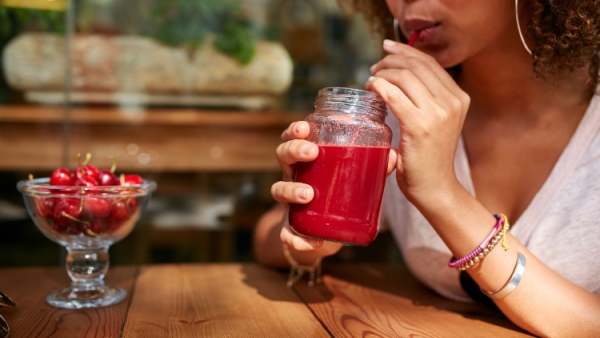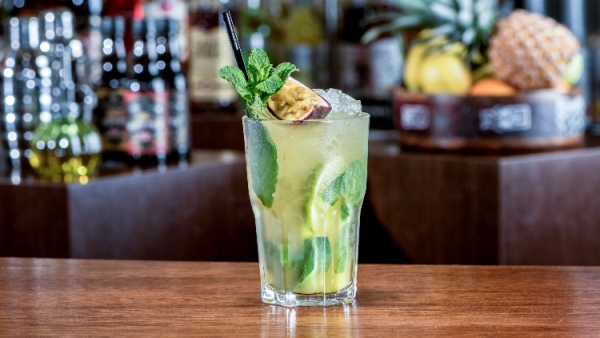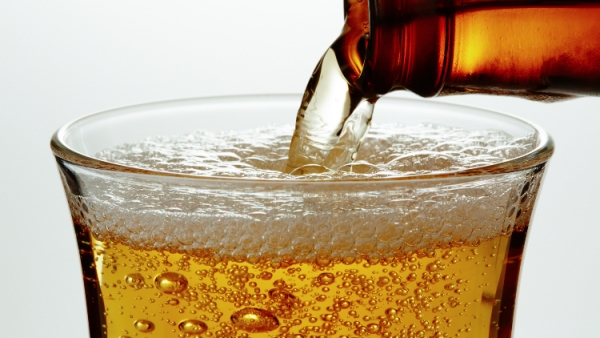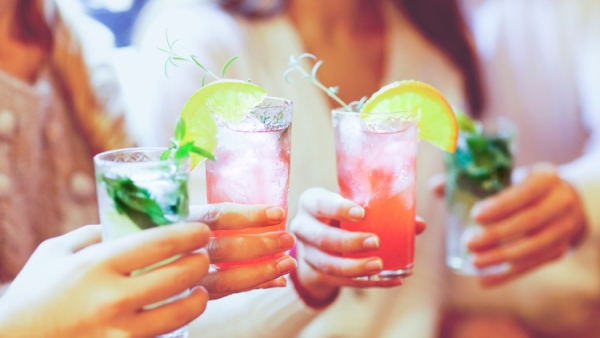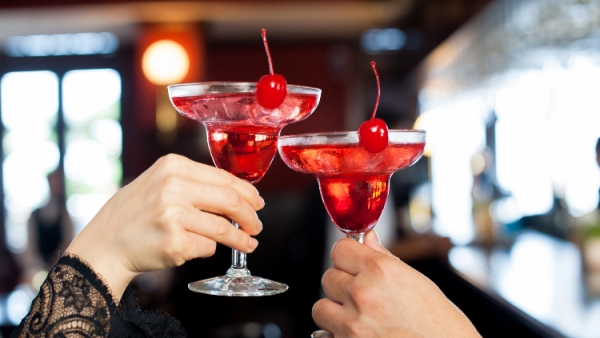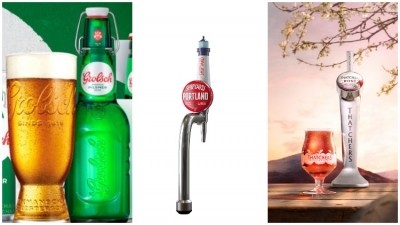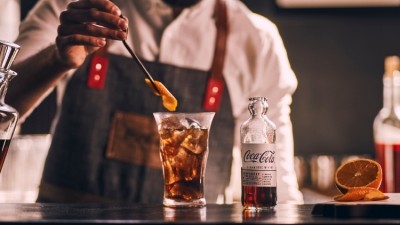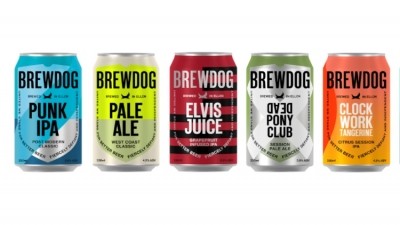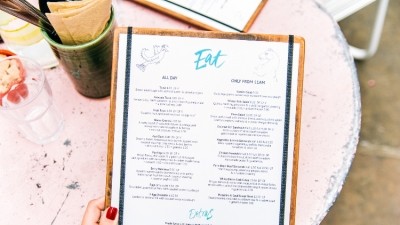What do pub-goers want to see on drinks menus in 2020?
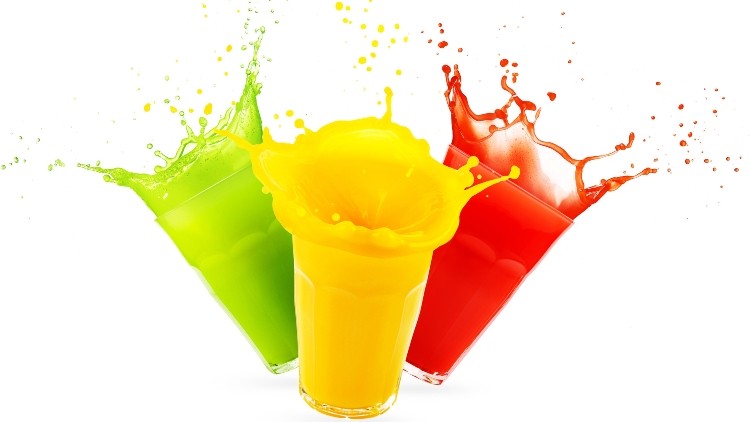
Any operator will tell you that encouraging the average drinker out of the home and into a pub when the greyness of January hits is no mean feat. With more people abstaining from alcohol as part of Dry January and pledging to have healthier lifestyles, the year starts off with difficult trading conditions.
But producers and operators say this is the perfect time to reassess your drinks offering and check you are appealing to all parts of your market as you move on with the new year.
Drinks companies have been vying to keep up with shifting consumer preferences and release innovative products that stand out against a market saturated with new products.
A “consumer demand for discovery” has come hand in hand with this momentum from producers, according to Jonny Jones, director of client services at CGA, speaking at The Morning Advertiser’s inaugural Drink Tank event at the end of last year.
Going in blind
About 70 new drink brands launched per week in 2019 – 3,675 in total, according to CGA. Jones advises: “We need to be more considered [with stock], not just follow the key trends blindly – adding more gins to the bar when that’s not necessarily what the consumer wants.”
This reflects research in the gin sector, which shows that although drivers of category growth have been flavoured and hybrid products, consumers’ loyalty remains with classic drinks. Over half of people surveyed (56%) by the Craft Gin Club for its Big Gin Report preferred the classic gin and tonic over cocktails or other gin serves.
So how do you know which product to select and which will be right for your venue? One tried and tested principle is to get behind local suppliers where you can and ensure your staff can sell their stories with confidence.
A back story helps
Amanda Duncan, founder of Ealing Distillery, in west London, told The Morning Advertiser customers can connect to local stories and are more inclined to feel a brand loyalty.
She says: “Most pubs in England already have this but if there is a local product that pubs can really get behind and understand, it seems to go down really well.
“People like something that is from where they’re also from and really identify with it, and are perhaps more inclined to taste a drink when it’s from their local area.”
Jones added that operators must listen to hyper-local preferences when deciding when to stock and what is a hit in one area may not work in another site.
One of the drinks categories that is set to reach new heights of growth within the next decade is no and low-alcoholic drinks. Pubs need to make sure their provisions of alternatives to alcohol are up to scratch beyond Dry January.
Big boys take on low and no
Staying sober
- One in five adults said in 2016 they were completely teetotal (Global Data)
- One in three said they were reducing their alcohol consumption (Global Data)
- 4.2m people in the UK planned to do Dry January in 2019 (YouGov)
Insight researcher CGA found that just under a third (32%) of consumers had tried a no or low-alcohol beer, wine or spirit in the last six months of 2019, equating to 15.5m consumers. CGA said sales in the no and low-alcohol category rose by almost half (48%) in the past 21 months to more than £60m a year.
Brewer Russ Clarke – who has worked at BrewDog, Beer Hawk and North Brewing Co – believes that it is just the beginning for low alcohol and zero-alcohol beer especially.
He says: “No and low-alcohol continues to gain market share and win hearts and minds.
“More craft and multi-national breweries are developing and bringing to market non-alcoholic versions of their most popular brands.
“We’ll start to see more penetration of the on-trade market with the bigger pub and bar brands feature a non-alcoholic option on draught, taking the lead example of a small range of Mitchells & Butlers and Heineken Pubs in 2018-19.”
The best-selling beer in this category has been Beck’s Blue for several years now. However, Heineken 0.0 has established itself as a teetotaller’s staple too with a 123% increase to both volume and value sales last year.
Whether they are opting to stay sober or not, health is a key deciding force for many pubgoers when selecting a drink.
Health and awareness
Alistair Frost, founder of Pentire, a non-alcoholic botanical spirit producer, believes it is essential to have several options on the bar that appeal to health conscious drinkers.
Pubgoers are increasingly keen to cut down on sugar and artificial ingredients, with 65% of people saying they want to be healthier in GlobalData’s 2016 Adultifying soft drinks report.
A more recent study – a poll by Swiss sweetener brand Hermesetas – found that two out of three UK adults worry about their sugar intake. Frost predicts: “Consumers will become very educated and aware of what goes into everything they consume and, therefore, won’t drink just anything or buy from brands that they don’t know are sustainable, ethical, or have negative health effects.”
Research from GlobalData found that as many as one in four considered the nutritional content and ingredients as the most important purchase consideration when buying soft drinks.
Another soft drink producer, Firefly, suggests that the demand for premium spirits and mixers has bled into a fresh demand for premium soft drinks.
“Consumers don’t want to compromise on taste and delivery, they still want to feel like they are drinking something a bit special,” a Firefly spokesperson recommends.
The advice of the soft drink sector is that pubs should ensure they have a range of premium soft drinks on the bar.
Danielle Bekker from Good Living Brewing also points to an ageing population concerned with wellness as a demographic to consider when menu planning.
She says: “We are getting older and our ageing population is increasingly interested in mind and body wellness.
“So I would expect the low-and-no trend to continue to grow. It would be interesting to see if we see a slowdown in non-alcoholic spirits as the brands continue to fragment without obvious differential uses or serves.”
Other disruptors
Firefly’s spokesperson adds: “As consumers are increasingly looking at ‘better for you’ alternatives, it’s important for brands to ensure consumers still feel like they are getting a treat when drinking healthier beverages.”
It’s not just stocking up on new or niche products that can encourage customers to keep coming back to your venue. The modern customer is looking for a drink that they can have a role in designing and that speaks to their ubiquitous preferences.
This is according to Bekker from Good Living Brewing, who highlights personalisation as one of the trends to watch across the in-home and out-of-home sectors.
Drink companies have already made headway in capitalising on this trend over the past couple of years. Spirits giant Diageo launched tecŸology that allows customers the opportunity to reprint selfie images on the tops of their drinks.
Bekker predicts that, moving forward, pubs and bars may find themselves having to compete against home subscription services, which deliver the ingredients for cocktails to consumer’s homes, on this front.
She says: “With growth in at home entertaining and personalisation – I would expect to see growth in the ‘hello fresh’ for alcohol. Simple indulgent personalised cocktail serves which you have for yourself or showcase to your friends.
“[Subscription service] The Drinkworks Home Bar would be the high-end example of this – but I still think there is scope for simple, every day personalisation.”
One way for pubs to engage with this trend is to expand the array of garnishes and mixers on offer for spirit drinks.
